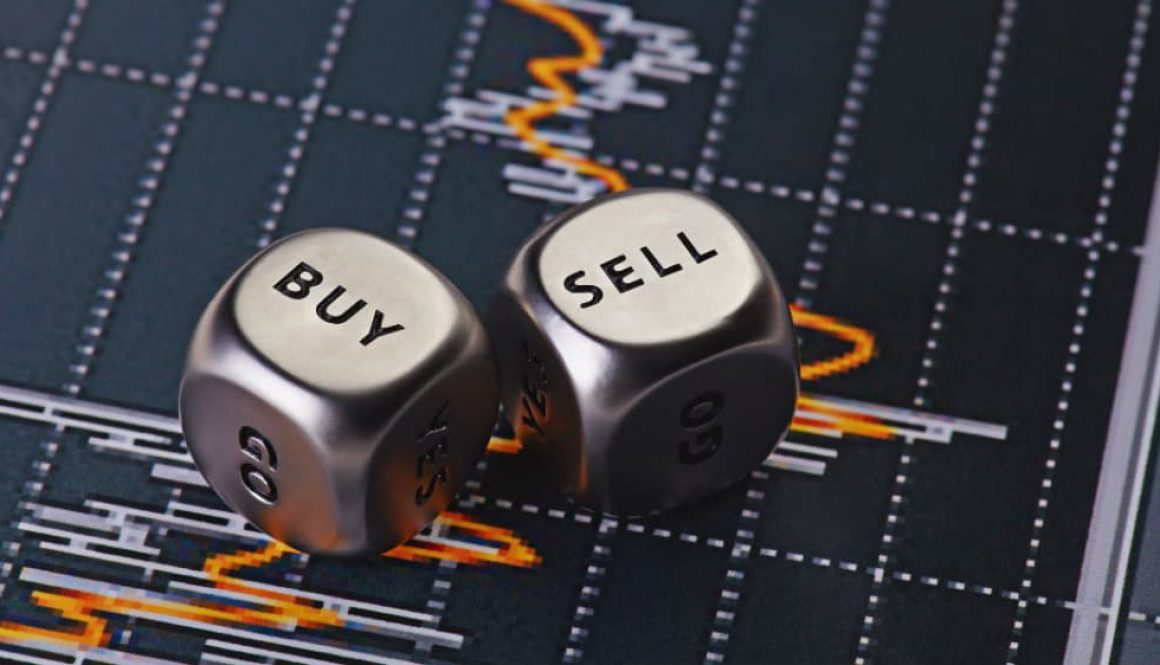Is confirmation bias sapping your portfolio?
As Ive written before, academic studies have shown that ordinary individual investors in other words, people like you and me can make some pretty ghastly investment decisions.
American researchers Brad Barber and Terry Odean, for instance, famously analysed the trading records of 10,000 brokerage accounts of individual investors over a sevenyear period, and came to a sobering conclusion.
On average, they found, investors failed to beat the market. And those investors who traded the most, it transpired, did even worse, earning an annual return of 11.4%, during a period in which the market returned 17.9%.
Do nothing
Nobel prizewinner Daniel Kahneman, who with his colleague Amos Tversky laid the bedrock on which a lot of behavioural economics is based, compellingly summed-up their research in his 2011 best-seller Thinking, Fast and Slow.
On average, the shares that individual traders sold did better than those they bought, by a very substantial margin: 3.2 percentage points per year, above and beyond the significant costs of executing the trades It is clear that for the large majority of individual investors, taking a shower and doing nothing would have been a better policy than implementing the ideas that came to their minds.
Its a powerful quote. Ive used it before, and I make no apology for doing so.
And damning it is. That doing nothing could be a more profitable strategy than active intervention almost beggars belief.
But its true.
Selling is only half the problem
Most cutting of all, of course, is Kahnemans reporting of Barber and Odeans finding that on average, the shares that individual traders sold did better than those they bought.
We might laugh or be appalled at such apparent stupidity, but as most of us are well aware, its all too easy to see such behaviour mirrored in our own portfolios.
For as I often remind investors, selling is two investment decisions, not one.
First, you sell. But then youve got to buy something. And most of the time, youll be selling a share that youve held and know something about, for a share that you dont hold, and know rather less about.
Confirmation bias
Spend any time reading about behavioural economics or behavioural investing, and youll soon come across the term confirmation bias.
In my view, its probably the biggest behavioural danger facing us as individual investors.
And its something of which Im very aware when making my own investment decisions, particularly when Im tempted to go over-weight on a share, or venture into areas with which Im unfamiliar.
Even so, I get caught out.
Opinions have costs
Confirmation bias, as youre probably aware, is the tendency for investors to either seek out or attach a higher weighting to information or views that support our opinions or beliefs.
And its at its most dangerous when we do both seek out such information or views, and attach a higher weighting to them.
You see it all the time in investment forums. People attack others when they advance views that differ from their own, and then endorse other voices when they advance opinions that do agree with their own.
But confirmation bias is not restricted to investment forums. Look carefully, and you can see the same thing going on in pubs, or on the golf course, or even when on ones own, reading the newspaper or browsing the Internet.
Sell! Sell! Sell!
For investors, theres an aspect of confirmation bias which is particularly insidious.
And its this. When one reads about confirmation bias, its often in the context of investors persuading themselves to buy something. In fact, its my belief that a bigger danger lies in investors persuading themselves to sell something.
Again, you see it all the time in investment forums. A bit of bad news, or a disappointing set of results, or some political or economic uncertainty and suddenly, investors are falling over themselves to announce their intention to sell, with each additional voice helping to influence others to do the same.
One can understand why, of course. Theres another aspect of behavioural investment at work: loss aversion. But that presupposes that a potential loss is likely. And in many cases, that just isnt so. And yet the more that investors see other investors jump on the sell bandwagon, the more determined they become.
Er, thats not contrarian..?
The irony, of course, is that many of those same investors would doubtless describe themselves as contrarian investors, and trot out Warren Buffetts line about being greedy when others are fearful.
In which case, of course, seeing that others are selling, they should be considering buying.
Particularly when one bears in mind Barber and Odeans finding that the shares that investors sold outperformed the ones that they bought. Buying what others are selling, in others words, can be a profitable business.
But there you go: confirmation bias is an expensive weakness to have.
You Really Could Make A Million
Of course, picking the right shares and the strategy to be successful in the stock market isn’t easy. But you can get ahead of the herd by reading the Motley Fool’s FREE guide, 10 Steps To Making A Million In The Market.
The Motley Fool’s experts show how a seven-figure-sum stock portfolio is within the reach of many ordinary investors in this straightforward step-by-step guide.







